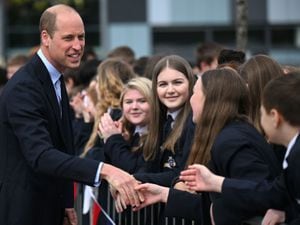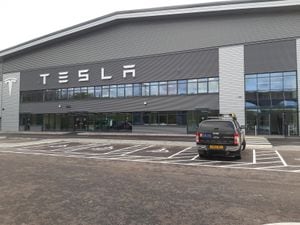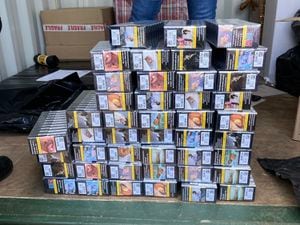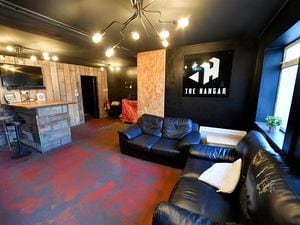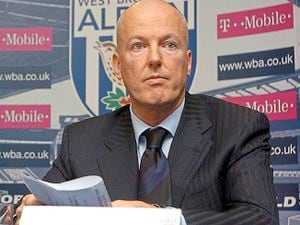Chance to see new dawn for Sunbeam as fundraising appeal launched
It was an iconic supercar built in the Wolverhampton which broke the speed record three times - now an appeal has been launched to fund restoration work for the the Sunbeam 350hp.
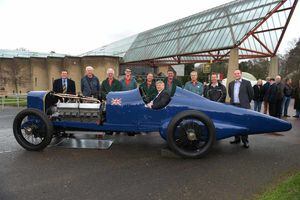
The car was built at the firm's sprawling factory on Upper Villiers Street in 1920 and went on to become the fastest car in the world, reaching speeds of more than 150mph.
One of the first genuine supercars, the Sunbeam is now part of the collection at the National Motor Museum in Beaulieu, Hampshire, where it has undergone restoration in recent years.
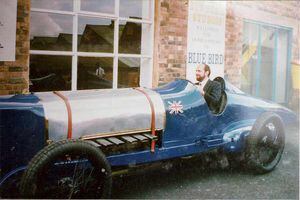
Museum bosses are looking to complete the job by raising £30,000 to fund a new gearbox for the car.
Museum manager and chief engineer Doug Hill said the next job in the restoration will be to build a new gearbox.
He said: "During the Sunbeam's long and chequered history, its Achilles heel has been a weak gearbox.
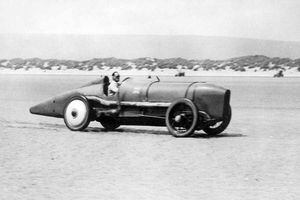
"At some time after World War Two, the original gearbox was removed and subsequently lost.
"It was replaced with a gearbox that was originally used in an Albion 35hp van, designed to take only one tenth of the power this engine produces and the way in which the braking system has been modified means that this installation severely compromises the braking of the vehicle.
"For the next stage of the Sunbeam's restoration story, we need to build a new gearbox from scratch.
"As the original gearbox no longer exists and there is no template to follow, this will be a challenge requiring all of our knowledge and expertise.
"It is a vital step in our journey to restore the car to its 1925 specification and will greatly help us to drive the car closer to the speed it was built for."
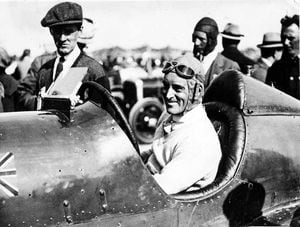
The car was the brainchild of Sunbeam's chief engineer and racing team manager Louis Coatalen and boasted the kind of power that was a world away from the production cars of the time.
It featured a modified 18,322cc Sunbeam V12 Manitou and Arab aero engine, normally used on naval seaplanes at that time.
It also had a four-speed gearbox and was fitted with a narrow polished aluminium single seat body.
Its early outings were plagued with bad luck, but in 1922 it broke the land speed record for the first time, achieved a top speed of 140mph at Brooklands.
Malcolm Campbell bought the car and achieved a new record speed of 146.16mph at Pendine Sands in South Wales in 1924, surpassing it the following year when he hit 150.76mph.
The car's last full outing came at Goodwood in 1962.
In January last year, following a complete mechanical rebuild undertaken by the museum's workshop team, the Sunbeam was successfully started-up again, the first time it had been heard in public in over 50 years.
That year it was a star of the show at Retromobile, Paris and was also run at the Goodwood Festival of Speed.
This year celebrates the 90th anniversary of Sir Malcolm Campbell achieving the150mph at Pendine Sands and to mark the occasion it hosted a low-speed demonstration run with Sir Malcolm's grandson, Don Wales, in the driving seat.
Welcoming the restoration appeal, Mr Wales said: "This beautiful car has been lovingly restored and looked after by Doug Hill and the team and its only right that such an iconic car deserves to have the final pieces in place to complete her."
Donations to the appeal can be made via nationalmotormuseum.org.uk/

